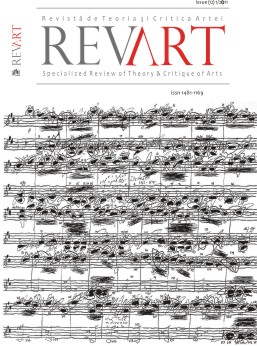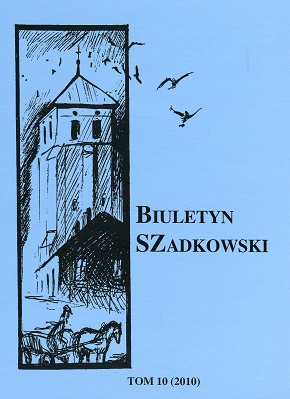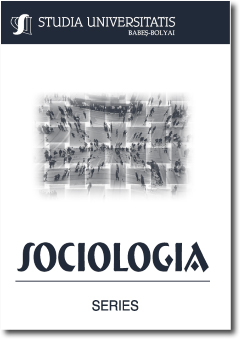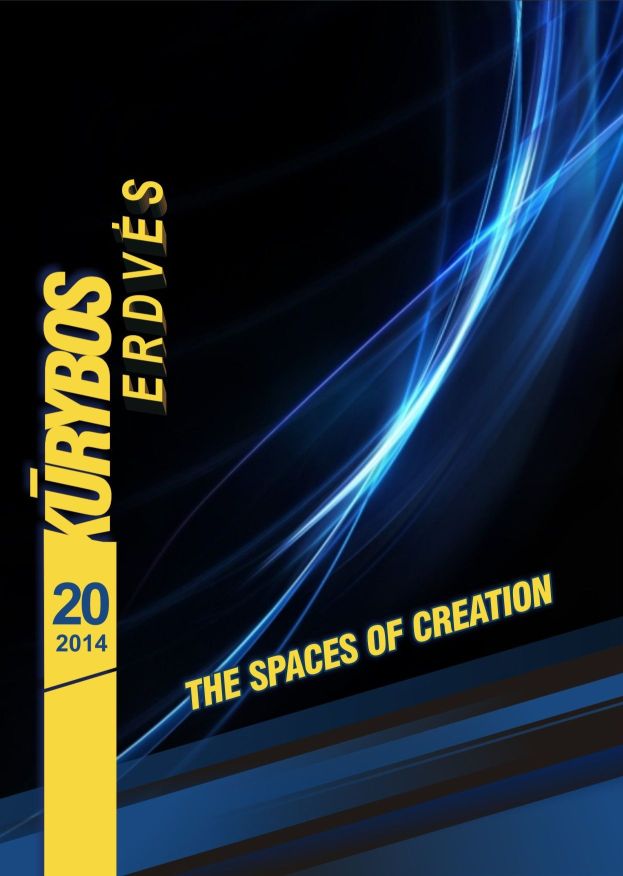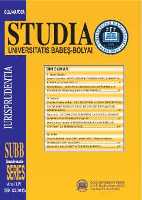Author(s): Jasmina Milanović ,Zoran Vacić / Language(s):
Issue: 13/2015
The great Polish scientist, doctor and humanist, Ludwik Hirszfeld, visited Serbia on multiple occasions. He was born in Warsaw in 1884, graduated in Lodz, began his medical studies in Wurzburg and finished them in Berlin. He worked in Heidelberg and Zurich, where he was elected docent at the Hygiene Institute. After the beginning of the First World War and the outbreak of typhus in Serbia, Switzerland kept on receiving alarming news. Ludwik, along with his wife Hana, decided to go to Serbia in 1915, where he worked tirelessly on preventing further disease spread at the Valjevo Hospital, the center of the epidemic. His kindest notes from that time were the descriptions of Serbian men and women, his colleagues, doctors and nurses. This is when Serbian people gained his sympathies and his eternal gratitude. After the occupation of Serbia, the Hirszfeld couple continued their work at the Thessaloniki front where, as a part of the Crown Prince Hospital, they formed a Bacteriology laboratory. The immunology, bacteriology and parasitology research that he conducted there led him to several important scientific discoveries. The most important was the research on blood types, which led to the first successful blood transfusion at the Thessaloniki front. After the liberation of Serbia, Ludwik Hirszfeld remained in Belgrade until 1919, where he worked on forming a Bacteriology laboratory at the Main Military Hospital. Upon his return to Warsaw, he worked on opening a Serological Institute and taught at the Medical University. To show gratitude for everything that he had done for the Serbian people, the Kingdom of Yugoslavia awarded him with numerous honors and medals. When Germany attacked and occupied Poland, the Yugoslovenian ambassador in Berlin, Ivo Andrić, attempted to get Hirszfeld and his family out of the Warsaw ghetto where they had been captured. After the war, Ludwik became dean of the newly founded Medical University in Wroclaw, where he passed away in 1954.
More...

